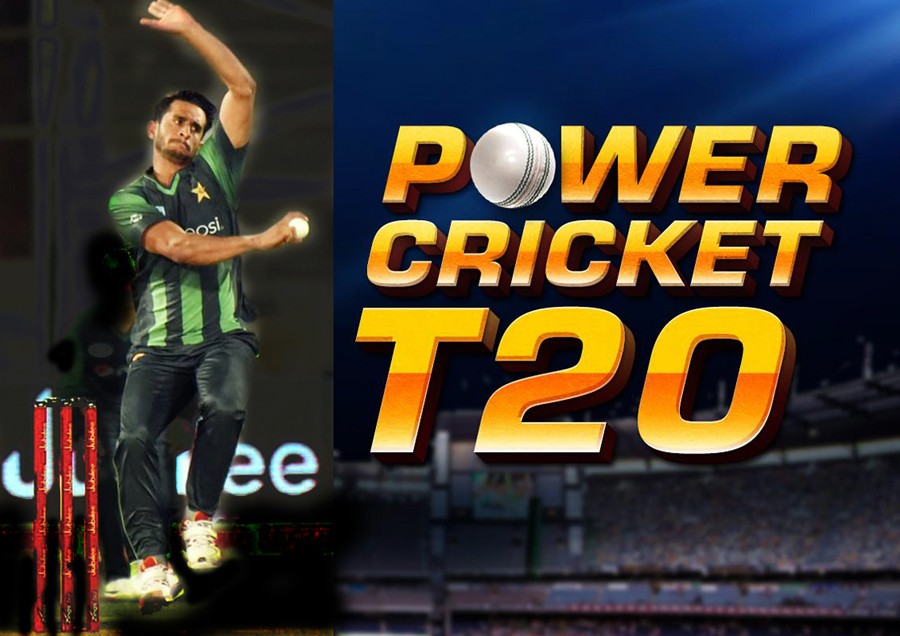

For someone who spent many young summers locked away playing cricket management simulations, it may seem odd that I only found out about the 2019 Cricket World Cup after the Pakistani team’s recent loss to the West Indies and the consequent social media fallout. Today, cricket and I are as compatible as pineapple and pizza.
The demise of cricket, for so many of us millennials, ironically took place at a time many of us felt our beloved pastime would be promoted to a truly global status: T20 cricket. All indicators looked promising: a nifty format that synced in with contemporary viewing habits, lucrative contracts for players, huge advertising dollars and the potential to sell cricket to the ‘granddaddy’ of sports market -- North America.
Fifteen years on, it turns out that cricket is still as prevalent in North America as insect farming.
But where did the cricket gods get it wrong?
For one, the game’s core functional frameworks, statistical norms and performance benchmarks have changed radically within just a few years. This alienated not only purists but casual proponents of analytics like myself.
Circa 2006, the game entered a phase which many of us now deem the postmodernist age of cricket. It may still be easy enough to rationalise the rise in batting averages and the dwindling bowling numbers, but there were far too many artificial tugs and nudges in the core framework of the game to build a narrative. Here is a passing glossary of culprits: new formats, power play, bat sizes, and blurring performance baselines. What is a good batting average? How do we compare current players to the ones from just a decade ago? If an uncelebrated Babar Azam is scoring at an average of 51 at a strike rate of 85, how does one internalise Younis Khan’s 15-year vigil at an average of 31 and strike rate of 75? The game’s present run is bit like baseball’s steroid-fuelled homerun derby in the late 1990s, without the steroids.
To be honest, no one knows the answer. And no one seems to care. The International Cricket Council (ICC) has illustrated little control over the general narrative of the global game.
But the biggest single factor for the game’s downfall is overexposure. The sheer bulk of matches and the same cricketers playing dozens of teams have rendered each boundary, game, and championship meaningless. Should we really stand up and cheer for a century when each T20 League iteration is mustering up 50-ball centuries, a dime a dozen?
The cricket lover in you may rightfully ask: why are we comparing anyway? Context! That is what drives our passion for all social pursuits in life, including sports. The present state of cricket leaves little room for a contextual narrative, which is an art that the American sports industry is adept at creating. After 2010, the National Basketball Association (NBA) absorbed the aggressive overhaul in its core gameplay philosophy and playing style towards a 3-point game by generating a progressive narrative that was coherent with its identity and history -- be it from an analytical standpoint or the local grapevine. Cricket has no such overarching narrative; hence, the burgeoning of the postmodernist age.
Do not waste anymore of your time. This town may very well become uninhabited in a few years; as soon as Indian shampoos find another platform to show their ads. When that happens, Pakistan will follow suit, of course, because ‘my answer also the same.’